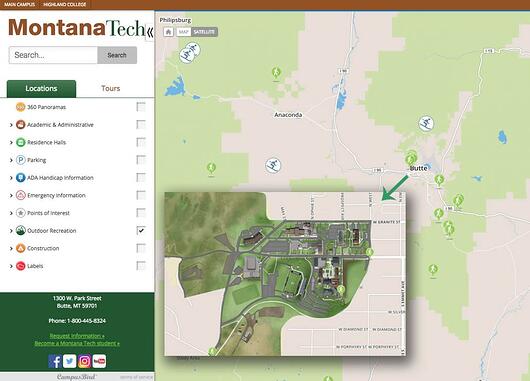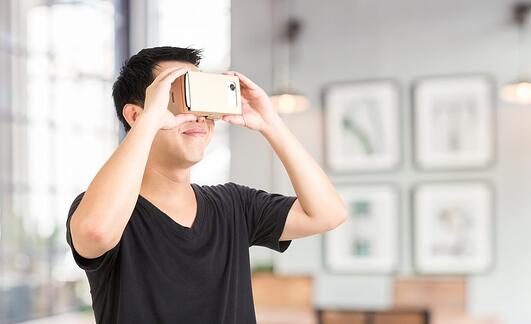From CampusBird Blog
Online campus experiences are more important than ever. The following post offers five trends the CampusBird team expects to see in 2017.
2016 saw its fair share of innovation from colleges looking to offer helpful resources for prospective, current, and former students. One of the reasons universities are developing online campus experiences is to attract new students. Another reason is to enrich the experiences of current students, parents and faculty. And last, schools want to provide a valuable resource for parents and alumni. Here are five things to look out for in 2017.
Students Profiling Campus Life through User Generated Content
Many universities and colleges have student ambassador programs. Prospective students like to hear from current students. This trend will continue to grow in 2017, with more schools tapping students to create unique content that is fun and informative. This content can take on many forms – videos, photos, blog posts, GIFs, etc.
Creating a social media ambassador program can be a bit daunting in the beginning. This presentation, 5 Steps to Building Your College’s Social Media Student Ambassador Team, is a good starting point to craft a strategy.
Profiling Diversity and Inclusiveness
Another focus will be on using interactive maps and virtual tours to highlighting the commitment to diversity and inclusiveness.
In 2016, we saw schools highlighting campus safe-areas, gender-neutral bathrooms, lactation rooms, and meditation areas. (Read more here: Top College Campus Map Trends of 2016). We’ll see a lot more of this in 2017, and many other creative uses that help reduce student anxiety and demonstrate the values of a college or university.
Highlighting Off-Campus Attractions

College is more than just campus life. Many colleges are incorporating information about surrounding areas to give students an idea of life beyond campus. Whether urban or rural, colleges and universities can highlight recreational activities such as hiking, biking, and skiing, cultural activities such as restaurants and museums, and even highlight active alumni in the area for networking.
Montana Tech’s map includes nearby outdoor recreation areas, including hiking and biking trails, as well as local ski areas.
Loyola Marymount’s map has a section for “LMU in LA,” highlighting fun attractions.
Improved Virtual Tours
With new technologies and more familiarity with the capabilities of interactive maps, we’ll see much improved virtual tour experiences.
Universities will seek out technology that allows them full control of the virtual tour experience and the ability to create multiple tours. We’ll see better navigation options allowing users to explore the campus at their own pace. In addition, the ability to toggle between different views (interactive map vs. panorama view), use a variety of media (video vs. 360 degree panoramas vs. photos), and better media quality can all improve the user experience.
Virtual Reality

Virtual reality is becoming a booming technology, poised to be in the billions by 2026. In 2017, more and more universities will integrate virtual reality to make their online campus experience more dynamic and fun.
360-degree panorama images (aka “photospheres”), guided virtual reality tours, and 3D immersive models will all contribute to better online campus experiences (learn more about integrating VR here: How Higher Education Professionals can get Started with Virtual Reality).
Virtual reality brings the campus to life for potential students, and can be persuasive as they decided where to apply.
These are just some of the trends we foresee for 2017.
How do you plan to improve your interactive online campus experience this year? We want to hear from you!


